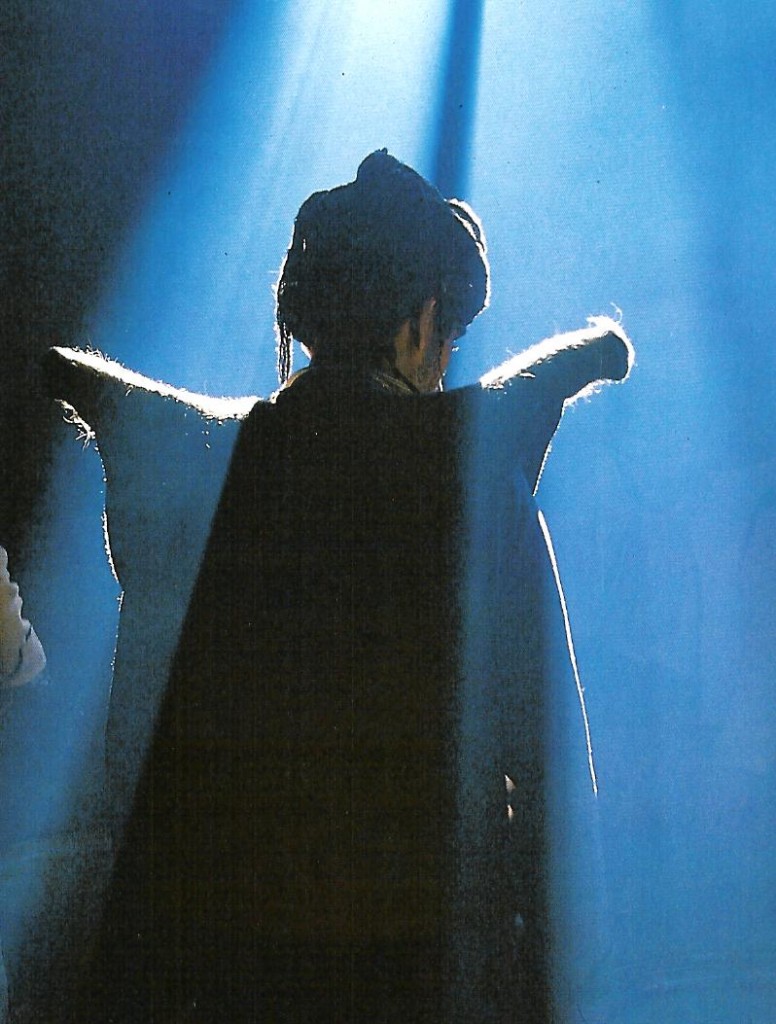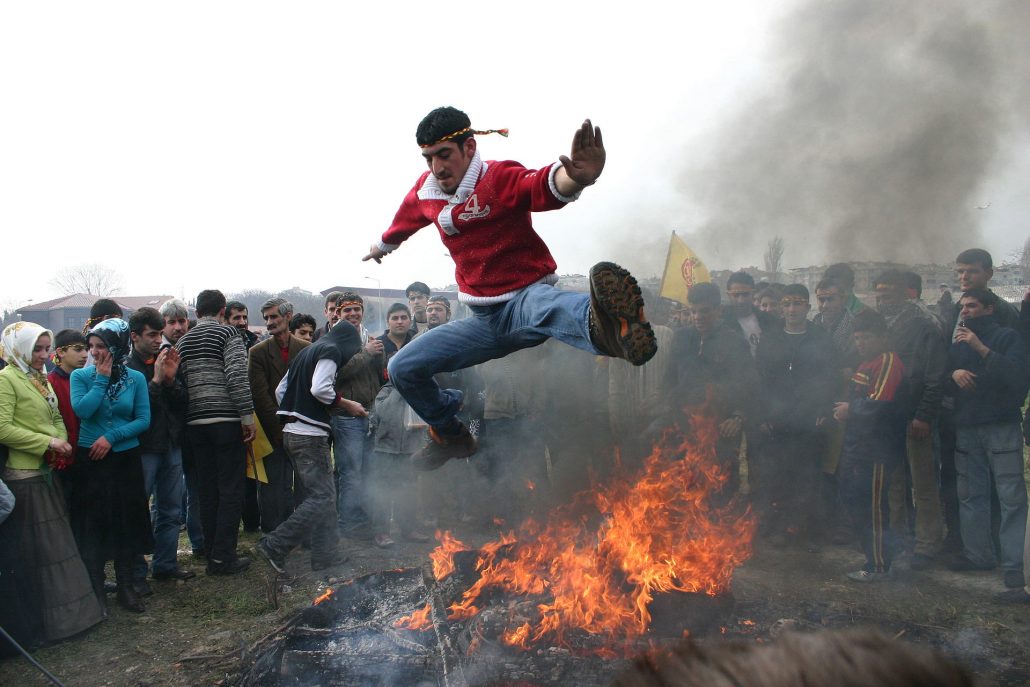The Fezana Journal has published an article by Kaveh Farrokh on the links between the Kurds and ancient Iranian mythology, notably Zoroastrianism:
One topic discussed in the article:
“Neither Zoroastrianism nor Yaresanism believe in the “Tabula Rasa” (lit. blank slate) philosophy that humans are born with wholly “blank” minds, that subsequently acquire knowledge, wisdom and beliefs as a result of their material (or sensory) experiences with the outside world (i.e. John Locke’s 1689 “Essay concerning Human Understanding”). In Zoroastrianism in particular the notion of human choice (between evil and good) is bestowed upon the individual prior to their acquisition of physical life (Stausberg & Vevaina, 2015, p.222). Yaresanism shares the notion of divine manifestation of holy men born of virgin maidens with both Zoroastrianism and Mithraism; like the Saoshant who is to be born of a virgin (Bundahishn, 33.36-38) and Mithras born of virgin goddess Anahita, Sultan Sahak was born of the Kurdish virgin Dayerak Rezhbar (also known as Khatun-e Rezhbar).”

Kurdish man engaged in the worship of Mithras in a Pir’s (mystical leader/master) sanctuary that acts as an ancient Iranian (Zoroastrian or Mithraic?) temple (Source: Kasraian & Arshi, 1993, Plate 80). Note how he stands below an opening allowing for the “shining of the light”, almost exactly as seen with the statue of Mithras in Ostia, Italy. These particular Kurds are said to pay homage to Mithras three times a day. His costume can also found in certain rural areas of Mazandaran in northern Iran. For more on Mithraism, consult: Mithra-The “Pagan” Christ?
The following observation is made in the article with respect to Kurdish Sufi sects:
“The notion of absolute egalitarianism persists among several Kurdish Sufi groups such as the Qaderi movement in Iranian Kurdistan whose followers follow the teachings of their founder Sheikh Abdul Qadir Gilani (1078- 1166). Though nominally Sunni, the Qaderi order’s mysticism sets them widely apart from Islamic theology and practices. Their spiritual leader or “Pir” often engages his followers in repetitive mystical chants known as “Zikr” rituals. The Pir can even (especially among the Qaderis of Baiveh), be regarded as their earthly intercessor with God, somewhat reminiscent of the role of Mithra.“

Kurds in Istanbul, Turkey celebrate the coming Newroz (Nowruz) by jumping over fire much like the Chaharshanbeh Soori ceremonies in Iran (Source: Photo by Bertil Videt in 2006 for Public Domain).
The legacy of Iranian mythology among the Kurds is further discussed:
“The Kurdish-speaking peoples maintain strong ties to ancient Iran’s pre-Islamic Zoroastrian culture. Too numerous to list here, one of these is the Nowruz (New Year; Newroz in Kurdish), which like all Iranian peoples is celebrated on March 21. Interestingly many Kurds of Iraq and Turkey regard the Nowruz/Newroz as “the day of Kawa Ahsengar (Persian: Kaveh Ahangar
[the Ironsmith])“
Sedreh-Pushi ceremony of a group of Turkish Kurds and Iranians in Istanbul who are recent converts to Zoroastrianism (Source: Circle of Ancient Iranian Studies).



